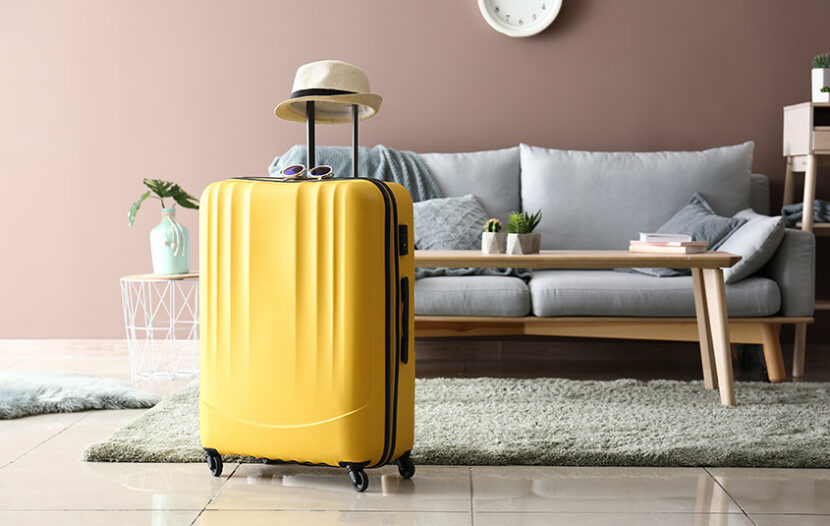TORONTO — Destination booking trends coming out of the COVID-19 pandemic are shaping up to be a multi-tiered affair.
Tier one – travel within Canada – was the only viable option in the eyes of many Canadians for much of the past year and a half.
Tier two – sun destinations in the Caribbean and Mexico – have been gaining steady ground in the Canadian market for several months, and have really ramped up in the past few weeks.
Tier three – the U.S. – is set to boom now that the land border has reopened and the travel advisory has dropped. While travel agents and suppliers knew Canadians could fly to the U.S. throughout the pandemic, there was much less air capacity, and most Canadians either didn’t realize they could still get to the U.S. by plane, or didn’t want to. Some are still hesitant about travel plans south of the border, but many more will be flocking to Florida, New York and other favourites.
Along with the U.S. reopening, cruise bookings are soaring too, especially now that most cruise lines have followed new guidance from the CDC and are accepting mixed doses. And European destinations, while recently seeing challenges, have strong positioning for growth in the months to come.
After 20 months of travel restrictions, the industry is cheering every gain, every step back to normalcy.
But what about long-haul destinations?
We checked in with tourism reps with Japan and Australia, two dream destinations for many Canadians. Both are still dealing with travel restrictions for inbound travellers. And both are eager to welcome back Canadians when the time is right.
AUSTRALIA
On Nov. 1 Sydney welcomed returning Australian residents and citizens with its first quarantine-free flights in 19 months. When can Canadians hope to return Downunder?
Chris Allison, Acting General Manager/Regional Director, Tourism Australia, says Australia has a National Plan in place leading to reopening based on phases according to vaccination rates across the nation.
“The plan has been running at a record pace with 80.6% of Australian citizens over the age of 16 being fully vaccinated,” he tells Travelweek. “It is difficult to predict exactly when our borders will fully reopen to Canadians and other international travellers, but based on the pace of vaccination, we remain optimistic that Australia will continue to be well placed to welcome international visitors again in 2022.”
In anticipation of reopened borders in Australia, lift is increasing starting next month. Air Canada is set to restart flights in mid-December 2021, initially four times per week between Vancouver and Sydney. Qantas will also be returning to that route in mid-December. Allison says Qantas will start with three flights per week between Sydney and Vancouver, and adds that the airline has signalled its intent to operate between Sydney and Vancouver on a year-round basis.
What is Tourism Australia’s message for travel advisors right now, especially those with clients asking about Australia? “Prepare for the pent-up demand for travellers to vacation in Australia, as it is a top bucket list destination amongst Canadians,” says Allison. “Travel advisors are hearing from their clients that Australia is top of mind due to its wide-open spaces, boutique hotels, small group touring and amazing experiences. It’s generally accepted that flying is safe, and the chance of contracting COVID-19 is unlikely, so the long-haul flight doesn’t seem to be a deterrent,” he adds.
All the latest updates about selling Australia are outlined in Tourism Australia’s Aussie Specialist program. The new online platform, launched in August 2021, makes it even easier for agents to become Aussie Specialists, in 90 minutes as opposed to almost 3 hours before, says Allison.
JAPAN
Japan is poised to reap the benefits of pent-up demand, and build on a successful foundation years in the making in the Canadian market, says Shin Kawai, Director, Canada for Tokyo Tourism.
Pre-pandemic travel to Japan from this market was rising steadily, with 330,600 in 2018, and 372,262 in 2019, says Kawai. “The numbers from the Canadian market were growing in leaps and bounds … Japan has been one of the fastest-growing destinations from Canada,” says Kawai.
When the Summer Olympics got underway in July and August 2021 in Tokyo, just a fraction of Japan’s population was vaccinated. The Olympics gave the country’s global profile a priceless boost as events went off without a hitch, despite difficult times.
The Olympics also spurred vaccinations. Caseloads are now down to double-digits on some days, for the whole country. “It’s quite astounding,” says Kawai, given that Japan is home to some 125 million people.
Even better, some 76% of Japan’s residents are now fully vaccinated. Like Canada, the country overcame a slow start in its vaccine rollout to become of the world’s vaccination success stories.
For now Japan is still largely closed to inbound international leisure travel. Quarantine measures are still in place. Kawai is watching the government’s phased re-start for travel closely, and with Japan’s strong vaccination numbers now, and low case counts, he says he’s hoping for the border to reopen in early 2022. And when the country reopens, the demand will skyrocket.
Agents can hone their Japan travel product knowledge ahead of the rush of bookings with the Japan Travel Specialist Online Certification Program.
To read the full article with more insights from Allison and Kawai, click here.

